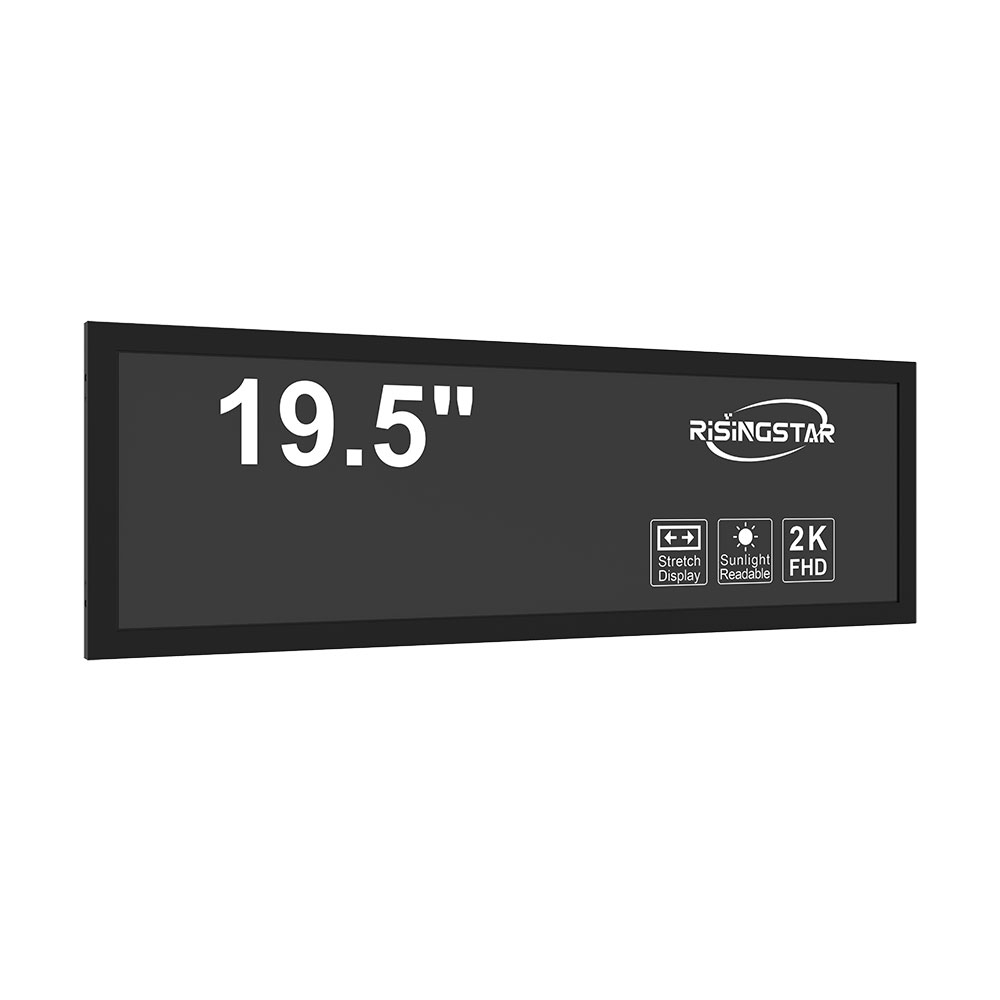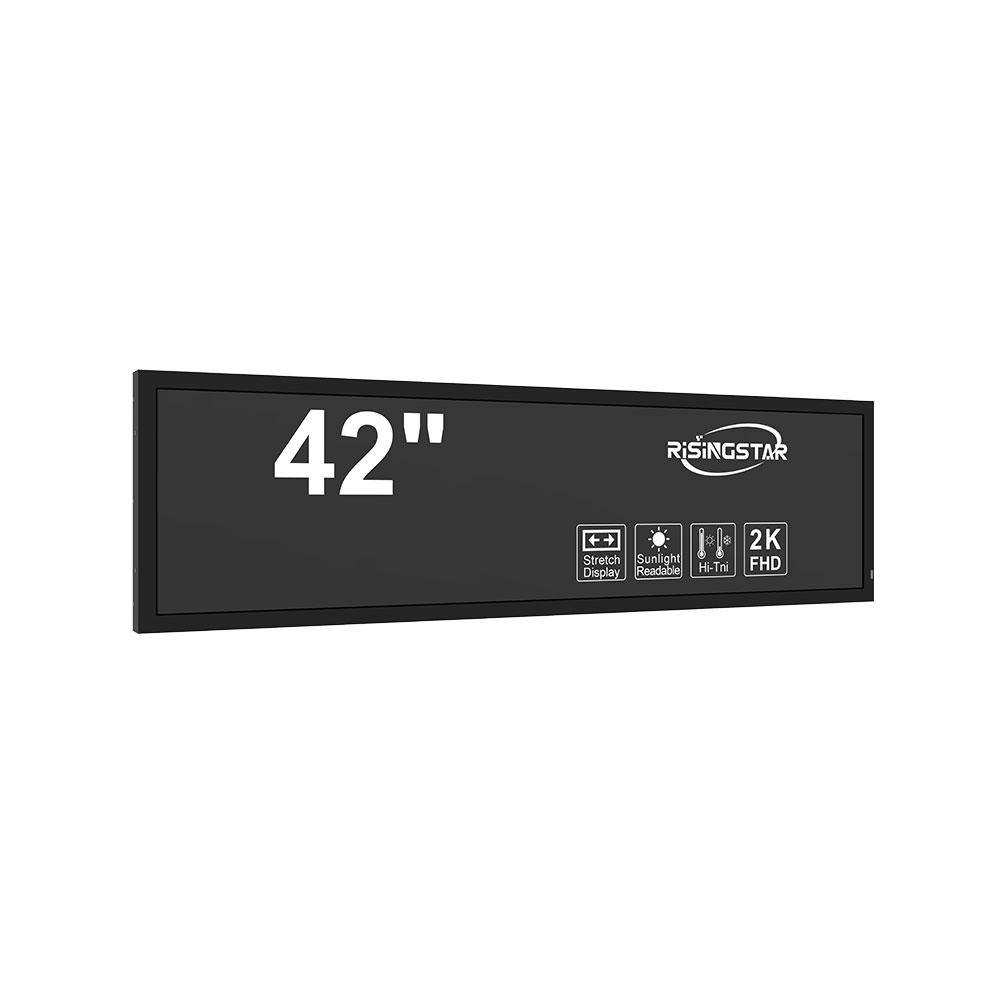High-brightness sunlight-readable LCD screens are engineered for optimal visibility under direct sunlight, making them essential in outdoor and industrial applications. These displays typically exceed 5,000 nits of brightness—far above standard indoor LCDs that operate at 250–500 nits—ensuring legibility even in extreme lighting conditions such as desert environments, maritime operations, or military field deployments. The technology relies on advanced backlighting systems like LED arrays with diffusers, high-transmission polarizers, and anti-reflective coatings to minimize glare while maximizing contrast ratio.
One key innovation is the use of active matrix liquid crystal display (AMLCD) panels combined with dynamic brightness control algorithms. These systems adjust luminance based on ambient light sensors, optimizing power efficiency without sacrificing readability. For example, the U.S. Department of Defense has standardized MIL-STD-810G for environmental durability, and many high-brightness LCDs now meet or exceed this specification for shock, vibration, temperature extremes (-30°C to +70°C), and humidity resistance.
Case studies from industries like aerospace, construction, and agriculture show significant improvements in operational safety and user productivity when sunlight-readable displays are deployed. In a 2021 study published by IEEE Transactions on Industrial Electronics, operators using high-brightness LCDs in agricultural machinery experienced a 42% reduction in misreadings during peak sun hours compared to standard displays. Similarly, aviation manufacturers like Boeing have adopted these screens in cockpit interfaces to ensure pilots can interpret critical flight data regardless of sunlight intensity.

Manufacturers such as LG Display, Sharp, and Innolux have invested heavily in research and development for these specialized screens, leveraging technologies like IPS (In-Plane Switching) and OLED hybrid designs to improve viewing angles and color accuracy. Additionally, compliance with international standards like EN 60950-1 (safety requirements) and ISO 16750-3 (environmental testing) ensures reliability across global markets.
The growing demand for ruggedized electronics in smart cities, autonomous vehicles, and outdoor kiosks further drives innovation in this sector. As solar radiation levels increase due to climate change, the need for durable, energy-efficient, and highly visible displays becomes more urgent. Engineers must now consider not only brightness but also thermal management, long-term reliability, and integration with IoT systems to future-proof these solutions.

2025-07-31
2025-08-09
屋外LCDディスプレイのIP66防水評価を理解する2025-10-09
屋外高明度LCDディスプレイが乗客情報システムを変える方法